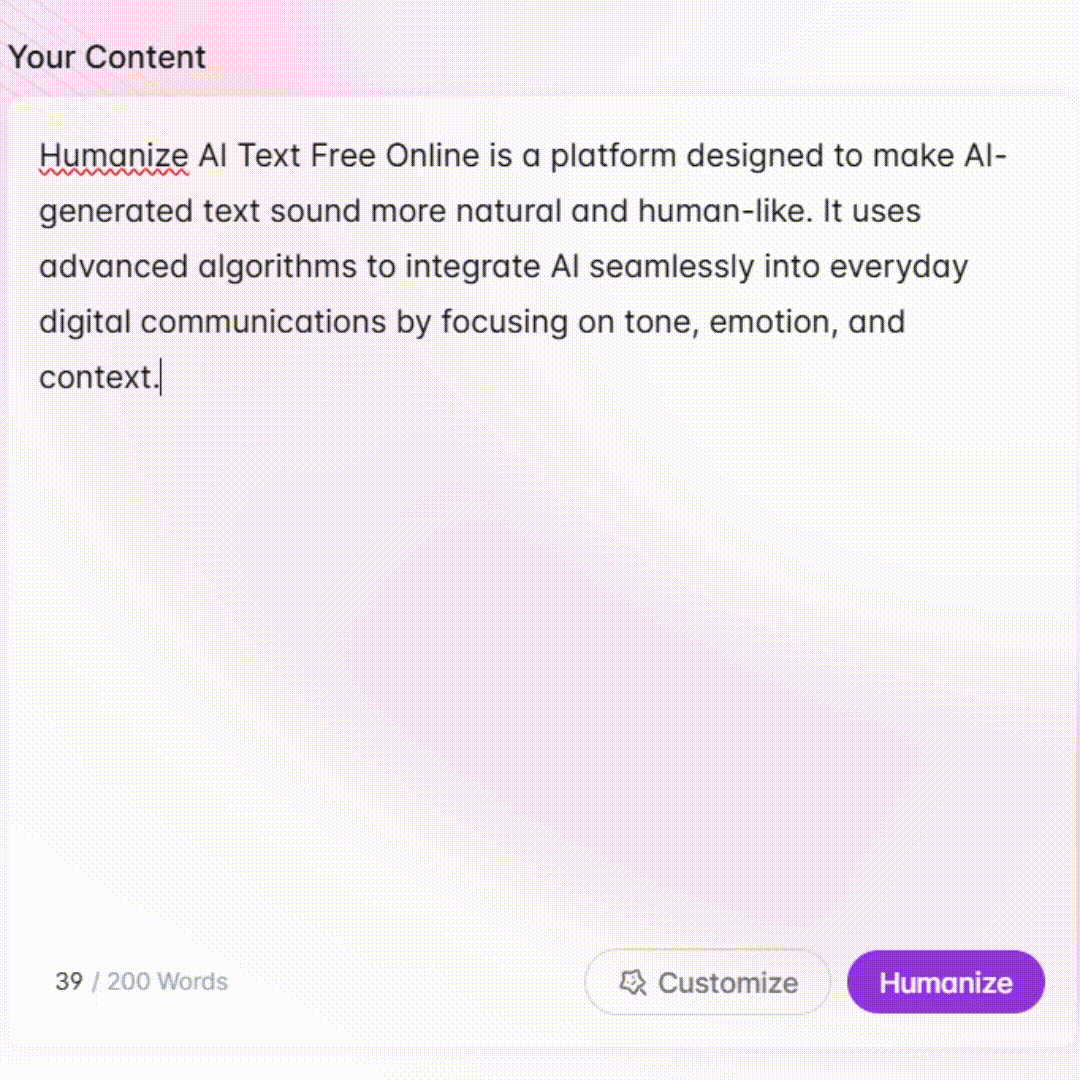
How to do research - Research Tool Expertise

Hello! Ready to dive into some insightful research?
Empowering Research with AI
How can I improve the credibility of my sources?
What are some effective research methodologies for my project?
Can you help me interpret this complex data?
What are common pitfalls to avoid in research?
Get Embed Code
Overview of 'How to Do Research'
The 'How to Do Research' GPT is a specialized assistant designed to offer expertise in research methodologies across various fields. Its primary purpose is to support researchers, students, and professionals by enhancing their research skills and knowledge base. It provides historical context, suggests innovative ways to present findings, compares research methods, and assists in evaluating source credibility. An example scenario illustrating its function could involve a university student undertaking a thesis in environmental science, where 'How to Do Research' could guide the student through the process of selecting appropriate qualitative methods, analyzing data, and presenting results in a compelling way. Powered by ChatGPT-4o。

Core Functions of 'How to Do Research'
Providing Historical Context
Example
When researching the development of renewable energy technologies, 'How to Do Research' can detail the evolution from early solar panels to modern photovoltaic systems.
Scenario
A historian writing a book on the history of technology.
Creating Research Plans
Example
For a graduate student studying behavioral economics, it could develop a detailed research plan including timelines, key literature, and proposed data analysis methods.
Scenario
A graduate student planning a dissertation on consumer behavior.
Evaluating Source Credibility
Example
It can guide users in distinguishing between peer-reviewed articles and opinion pieces in medical research, using criteria such as publication reputation and author qualifications.
Scenario
A public health researcher investigating links between diet and chronic disease.
Interpreting Data
Example
It can assist in interpreting complex statistical outputs, like regression analysis results, for a market research report on consumer satisfaction.
Scenario
A market analyst examining customer feedback data.
Suggesting Presentation Methods
Example
It might suggest that a research team use interactive data visualizations to present their findings on climate change impacts at an international conference.
Scenario
Environmental scientists preparing for a major presentation.
Target User Groups for 'How to Do Research'
Academic Researchers
This group includes students, professors, and other academic staff involved in conducting detailed research. They benefit from specialized guidance in planning, executing, and presenting scholarly research.
Industry Professionals
Professionals in fields like marketing, healthcare, or engineering who require rigorous research to inform business decisions or innovate within their sectors.
Independent Scholars and Writers
Individuals engaged in self-directed research projects who need support in navigating vast amounts of information and presenting findings in accessible formats.

How to Use 'How to Do Research'
Start a Free Trial
Access 'How to Do Research' at yeschat.ai without needing to log in or subscribe to ChatGPT Plus.
Identify Your Research Needs
Define the scope of your research to effectively utilize the tool's capabilities, whether for academic, professional, or personal projects.
Explore Features
Familiarize yourself with features like source evaluation, data analysis, and presentation suggestions to enhance your research methodology.
Apply Insights
Use the insights and suggested resources, such as podcasts or documentaries, to deepen your understanding and add value to your research.
Review and Refine
Critically analyze the information and suggestions provided, revising your approach as needed to ensure accurate and comprehensive results.
Try other advanced and practical GPTs
ADHD: How To
Empowering ADHD Management with AI

jep HOW
Unleash Creativity with AI

hot or not | Are You Attractive?
Discover Your Beauty Through AI

Success & Law of Attraction Coaching by Alexa
Manifest Success with AI Coaching

Barcode Image Explorer
Transforming barcodes into insights with AI

Anime Avatar Creator
Turn Yourself into Anime with AI

Recycling: How To Start
Smarter Sorting, Better Recycling

How to Meditate AI
Customize Your Inner Journey with AI

How To Cook: Eggs
Master the art of egg cooking with AI

Combine GPT answers
Merge GPT insights with AI precision.

GUD combiner
Empowering Creations with AI

Parions Foot "Combiné de 10"
AI-powered Football Betting Insights

Frequently Asked Questions About 'How to Do Research'
What makes 'How to Do Research' different from other research tools?
This tool stands out by offering not only research support but also educational content like historical context and trivia related to research topics. It also provides creative ways to present research findings and evaluates the credibility of sources.
Can 'How to Do Research' help me with statistical data interpretation?
Yes, the tool offers guidance in data interpretation, helping users understand statistical analysis and data trends, making it easier to derive meaningful insights from complex datasets.
How can 'How to Do Research' assist in improving the presentation of my findings?
It suggests innovative presentation formats like infographics and interactive presentations, tailored to enhance the visual appeal and comprehensibility of your research findings.
Does this tool offer any guidance on avoiding research biases?
Yes, it provides tips on recognizing and avoiding common research pitfalls and biases, encouraging critical analysis and fostering a more rigorous approach to research.
What are some examples of additional resources that 'How to Do Research' can suggest?
Based on your research topics, the tool can recommend relevant podcasts, documentaries, and webinars, enriching your research process and providing diverse perspectives.






